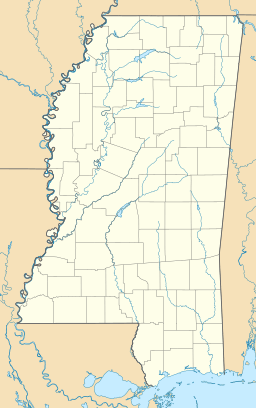Lake Itawamba facts for kids
Quick facts for kids Lake Itawamba |
|
|---|---|
| Location | Itawamba County, Mississippi |
| Coordinates | 34°19′36″N 88°23′13″W / 34.3267380°N 88.3869212°W |
| Type | reservoir |
| Etymology | Levi Colbert |
Lake Itawamba is a beautiful reservoir located in Itawamba County, Mississippi, in the U.S. state of Mississippi. It's an important part of the local landscape and provides a home for various plants and animals.
Contents
Discovering Lake Itawamba
Lake Itawamba is not a natural lake. It is a type of artificial lake called a reservoir. Reservoirs are usually created by building a dam across a river. This holds back water, forming a large body of water.
Reservoirs like Lake Itawamba serve many purposes. They can store water for drinking, help control floods, and even generate electricity. They also offer places for people to enjoy outdoor activities.
Where is Lake Itawamba?
This lovely reservoir is found in the northeastern part of Mississippi. It is specifically located within Itawamba County. The county itself is named after a famous Native American leader.
The lake's coordinates are 34.3267380 degrees North latitude and -88.3869212 degrees West longitude. This helps pinpoint its exact location on a map.
The Name's Origin: Levi Colbert
Lake Itawamba gets its unique name from a very important person: Levi Colbert. He was a respected leader of the Chickasaw people. The Chickasaw are a Native American tribe with a rich history in the southeastern United States.
Levi Colbert was also known by his Chickasaw name, Itawamba. Naming the lake after him honors his legacy and the history of the Chickasaw nation in Mississippi.
What is a Reservoir?
A reservoir is like a giant bathtub built by people. Engineers design and construct a large wall, called a dam, across a river. This dam stops the flow of water, causing it to back up and form a lake.
These man-made lakes are very useful. They store water for cities and farms, especially during dry seasons. They can also help prevent floods by holding back excess water during heavy rains.



